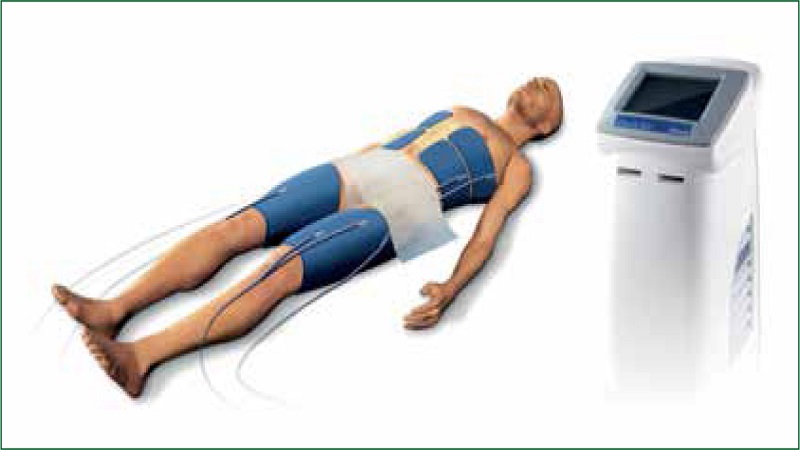Use of targeted temperature management post cardiac arrest
The term targeted temperature management (TTM) is used to describe the management of a patient's body temperature following cardiac arrest and has replaced the term therapeutic hypothermia. TTM has three phases: induction, maintenance and rewarming. A targeted temperature is set to provide neuroprotection and better clinical outcomes for post cardiac arrest patients. The targeted temperature ranges between 32 and 36°C for 12–24 hours with the avoidance of hyperthermia for up to 72 hours. There are three common methods to undertake TTM: conventional cooling techniques, surface cooling systems and intravascular cooling systems. Nurses need to be able to apply, monitor and manipulate the system being used to ensure provision of adequate TTM. Nurses will also need to monitor the patient for physiological changes that can occur as a result of the TTM and apply treatment strategies where appropriate. The European Resuscitation Council (2015) has published guidelines on the use of TTM in post cardiac arrest patients and these will also be discussed.
Andrea McDonnell - Matron of Critical Care, Critical Care Outreach and Cardiac Surgical wards, St. Bartholomews Hospital, London
